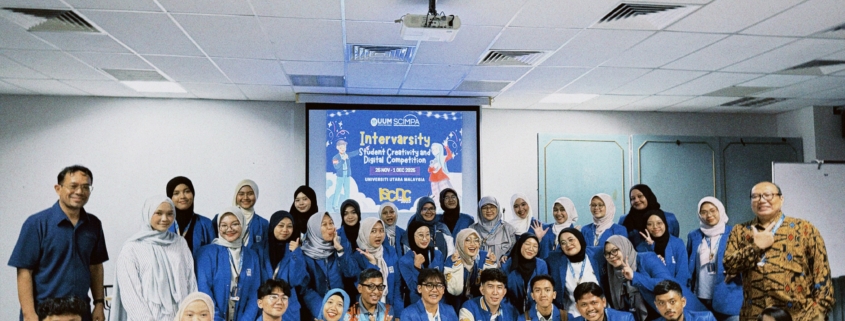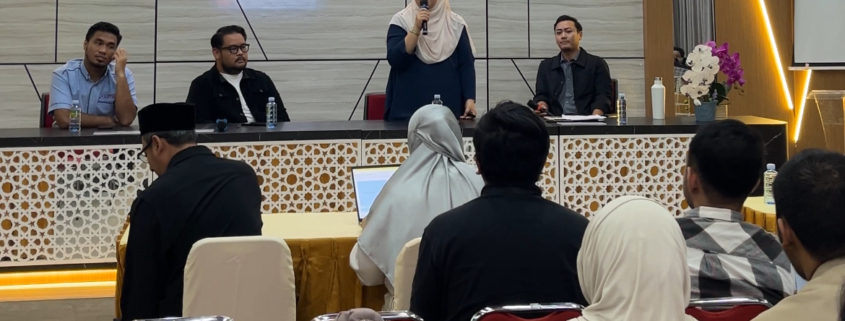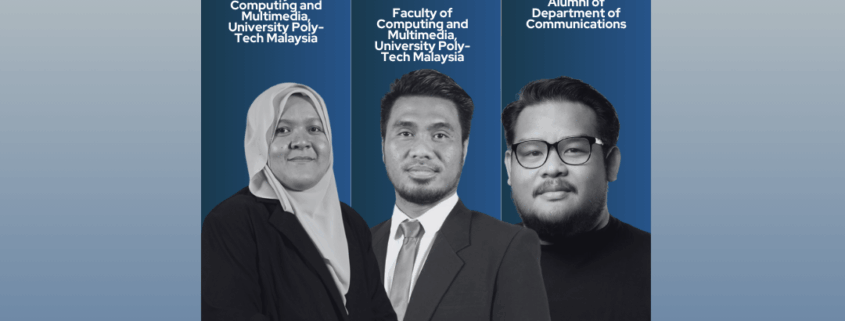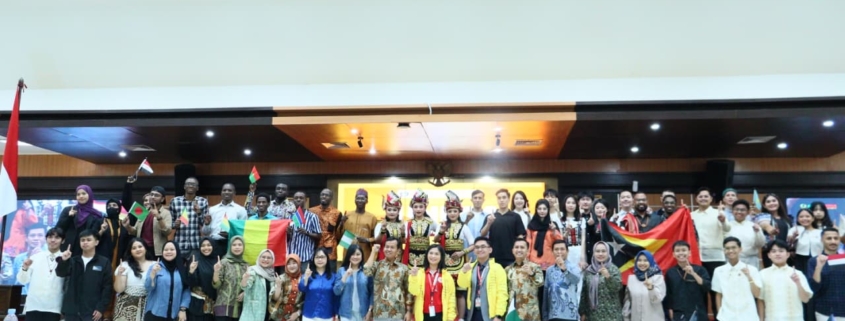Setelah melewati seleksi panjang, Harry Setya Kurnia Nugraha mahasiswa Ilmu Komunikasi UII angkatan 2022 berhasil lolos dalam influence for Impact in Southeast Asia (i-SEA) Fellowship Pragramme yang diselenggarakan oleh Centre for Information Integrity and the Internet (IN-cube), Nanyang Technological University. Oktober lalu ia dinyatakan lolos dan berhak menjalani program sejak 15 November hingga 13 Desember 2025.
Berdasarkan informasi yang dibagikan oleh i-SEA di laman NTU lebih dari 450 pendaftar dari negara-negara ASEAN. Dari Indonesia terdapat tiga peserta, termasuk Harry Setya yang menjadi satu-satunya perwakilan UII.
“Menurut aku proses seleksinya sangat kompetitif. Program ini menerima lebih dari 450 pendaftar dari Asia Tenggara, dan hanya 3 mahasiswa dari Indonesia dipilih sebagai fellows,” ucap Harry Setya.
i-SEA Fellowship Programme merupakan program hibrida satu bulan yang didesain untuk memberikan bekal pada peserta terpilih dengan pengetahuan dan keterampilan untuk menjadi kreator konten digital yang etis dan berdampak. Beberapa topik yang diperoleh dalam program ini antara lain Online Harms and Misinformation, Media Law and Ethics, AI, in Storytelling, dan Immersive Journalism and Hackton Challenges.
Pengalaman berharga didapatkan oleh Harry, setalah menjalankan online sessions pada 15 November hingga 4 Desember seluruh peserta terpilih berkesempatan mengikuti in-person programme di Singapura pad 7 hingga 13 Desember 2025.
“Selama tiga minggu pertama, kami mengikuti online masterclasses bersama profesor, peneliti media, jurnalis, fact-checkers, pakar teknologi, dan influencer. Minggu terakhir difokuskan pada hackathon, di mana kami merancang solusi terkait information integrity di Asia Tenggara. Tak lupa kami juga berkunjung ke kantor Tiktok Singapore, SPH Media, dan Media corp. Dimana media media ini merupakan media besar di Singapura,” jelasnya.
Urgensi i-SEA Fellowship bagi Mahasiswa Ilmu Komunikasi
Bagi Harry Setya, i-SEA Fellowship begitu relevan dengan kajian Ilmu Komunikasi yang selama ini ia pelajari. Berbagai materi dalam i-SEA Fellowship fokus pada produksi pesan, penyebaran peesan, hingga bagaimana memperoleh kepercayaan publik di ruang digital.
“Pengalaman ini membuat aku paham bahwa komunikasi tidak cukup hanya mengejar viralitas, tetapi harus mempertimbangkan etika dan dampak jerhadap kepercayaan publik,” ucap Harry Setya.
Selain ilmu berharga, membangun relasi dalam lingkungan global menjadi privilege peserta i-SEA Fellowship. Ia secara aktif berdiskusi dengan mahasiswa dari berbagai negara, tak hanya itu sebagai student content creator ia juga mendapat banyak insight soal ide.
“Aku membangun relasi mungkin dengan aktif berdiskusi, Kolaborasi ide dan konten bareng fellows, dan terbuka terhadap perbedaan perspektif budaya. Menurutku interaksi ku dengan mahasiswa internasional melatih saya untuk beradu gagasan dan berpikir secara global,” tambahnya.
Baginya program ini cukup menantang secara intelektual dan akademik. Ia belajar keluar dari zona nyaman, berdiskusi dengan standar global, dan menerima saran serta kritik terhadap argument yang dilontarkan kepada publik.
Lolos dan menjadi peserta baginya memang tidak mudah, ia berbagi rahasia bahwa keberhasilannya adalah dengan menciptakan esai berkualitas dengan isu yang spesifik.
“Seleksi dilakukan berdasarkan kualitas esai tentang isu misinformasi dan integritas informasi., allighment statement, serta rekam jejak sebagai student content creator,” tandasnya.











